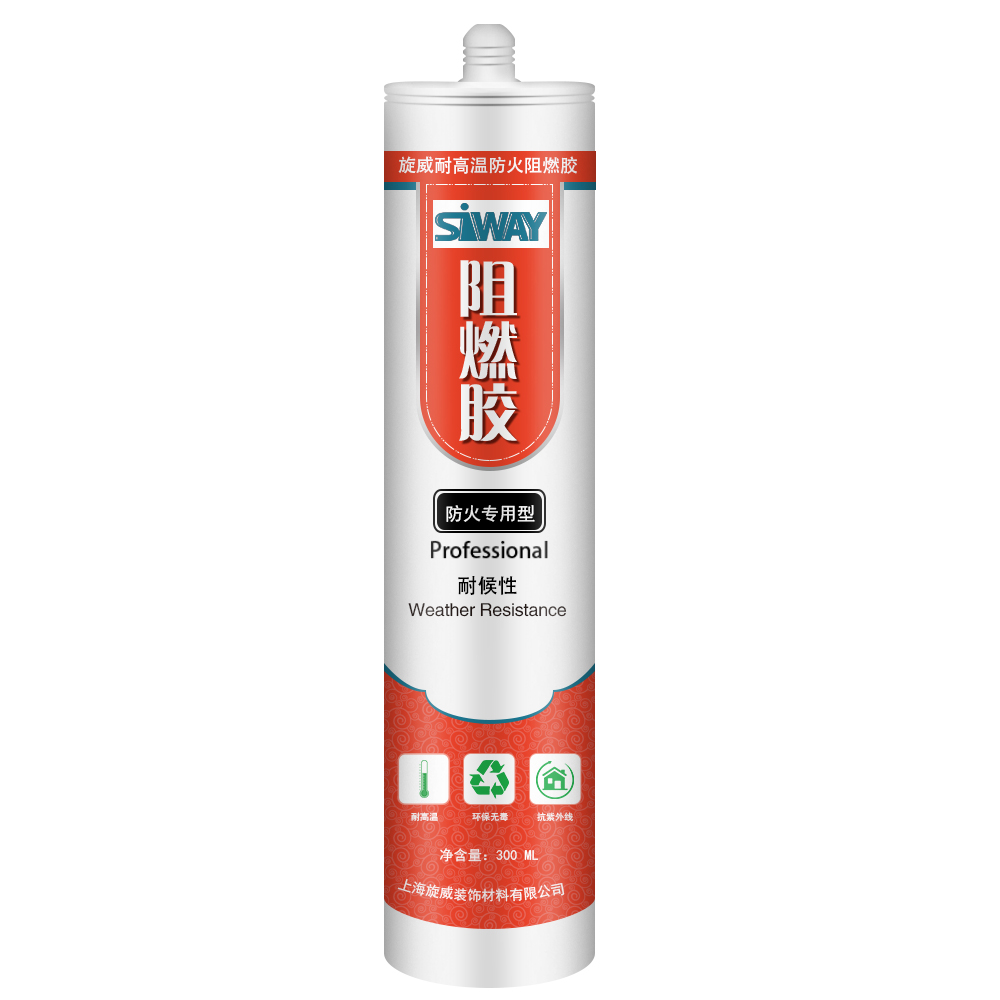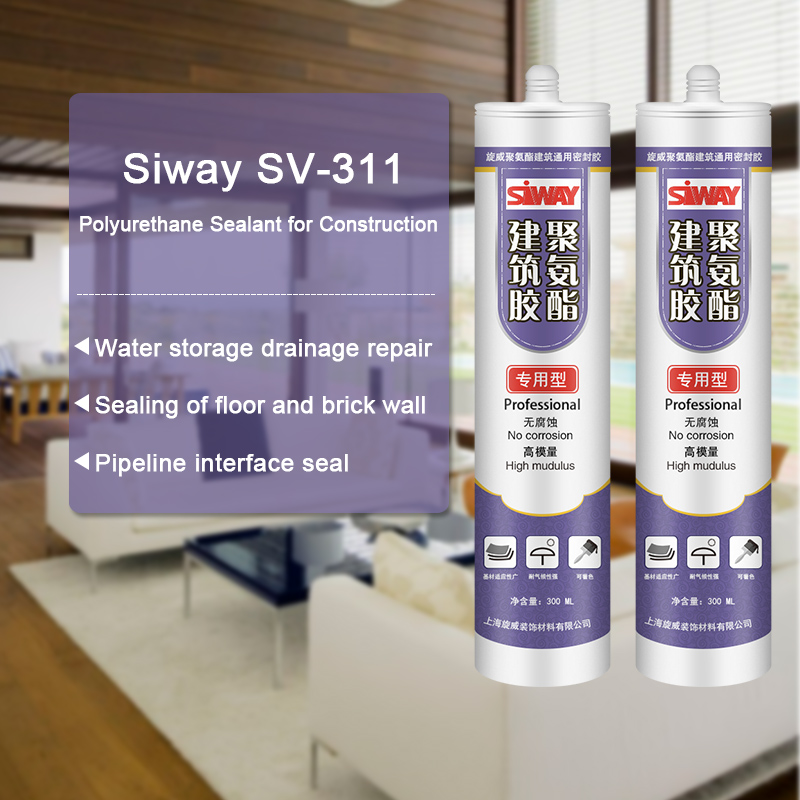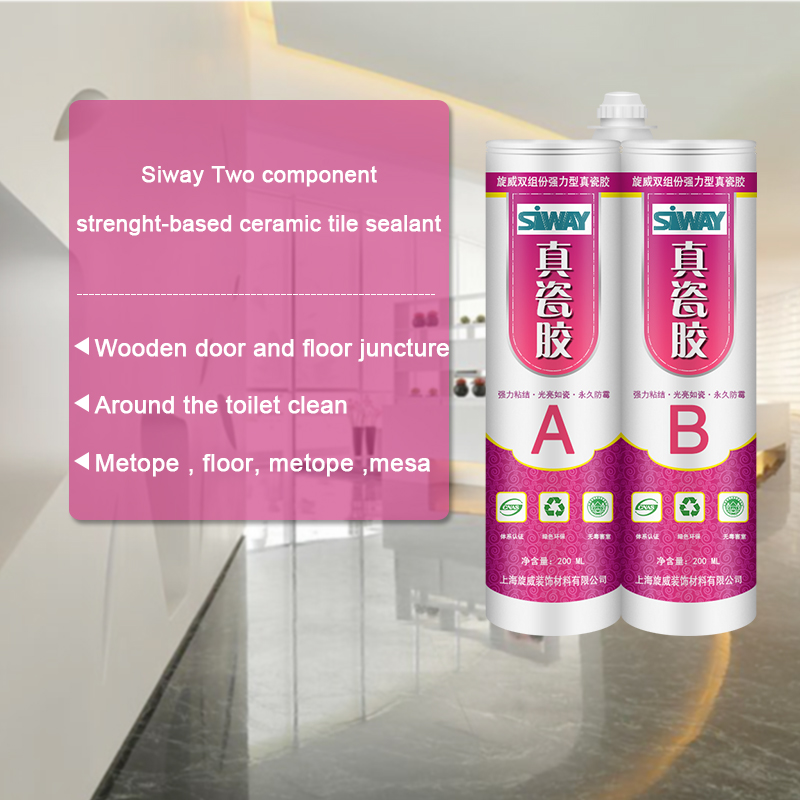Professional factory selling SV-9300 Fire Resistant Silicone Sealant for UAE Factory
Short Description:
Description SV – 9300 Fire resistant silicone sealant is a one-component, neutral-curing silicone sealant exhibiting superior performance in applications where sealing openings in walls and floors are needed to control the spread of fire, smoke, toxic gasses, and water during fire conditions. Where to use It is an ideal material designed for use in fire-stop systems for through penetrations and joints. This product excels in applications where greater water resistance is required e.g. ...
With a sound business credit, excellent after-sales service and modern manufacturing facilities, we have earned an excellent reputation among our customers across the world for Professional factory selling SV-9300 Fire Resistant Silicone Sealant for UAE Factory, Welcome to contact us if you are interested in our product, we will give you a surprice for Qulity and Price.
Description
SV – 9300 Fire resistant silicone sealant is a one-component, neutral-curing silicone sealant exhibiting superior performance in applications where sealing openings in walls and floors are needed to control the spread of fire, smoke, toxic gasses, and water during fire conditions.
Where to use
It is an ideal material designed for use in fire-stop systems for through penetrations and joints. This product excels in applications where greater water resistance is required e.g. curtain wall, building facade, expansion/pipe and cable joints.
Key Features
1. 100% silicone
2. Excellent weatherproofing and waterproofing
3. Low gas transmission rate
4. With highly efficient redundant
Basic Application
- Building fire seam sealed
- Building facade
- cable joints
Technical data sheet
| Test standard | Test project | Unit | value |
| Before curing——25℃,50%R.H. | |||
| GB13477 | Flow, sagging or vertical flow | mm | 0 |
| GB13477 | Operating time | min | 15 |
| GB13477 | surface drying time(25℃,50%R.H.) | min | 40-60 |
| Sealant curing speed and operating time will have different with different temperatures and temperature, high temperature and high humidity can make sealant curing speed faster, rather low temperature and low humidity are slower.21 days after curing——25℃,50%R.H. | |||
| GB/T 531.1-2008 | Durometer Hardness | Shore A | 20-60 |
| GB13477 | 60% elongation of cementation | no damaging | |
| GB13477 | Elongation limit | % | 120 |
| GB/T 24267 | Sealant level | 20HM | |
| GB/T 24267 | Fire prevention level | FV-0 | |
Certification
GB/T 24267-2009
Color
Black
Package
300ml in cartridge * 24 per box
Shelf life
12 months
Note
If you want the TDS or MSDS or other details, please contact with our sales person.
https://www.fairbairninspections.com 604-395-2795
Hi, it’s Mark Bossert from Top Local Lead Generation. We’re here with Mr. David Fairbairn of Fairbairn Inspections in Vancouver talking about mold. How’re you doing today David?
David: Oh, Mark I’m ready to talk about mold today.
Mark: Great!
David: I hope you’re looking forward to some mold.
Mark: Mold sandwich. So the question you wanted and this is funnily enough, the question I asked you last week, is why is there mold on my windows?
David: Yeah, so we’re going to talk about mold on windows and so this is probably one of the most asked questions and yourself included, I think we were chatting before the hangout and you we’re actually saying, I’ve got some mold on my windows, what’s going on? So I said o.k., let’s do a talk on this and explain what’s actually happening. I’d like to maybe share the screen Mark, is that o.k.?
Mark: Yes
David: o.k. I just going to pull up some photos, I actually have some photos from various places, so I’m just going to put it up on the full screen here. I don’t know if you can see that. . .
Mark: I can see that.
David: o.k. so we’ve got some mold on this window here. Now this is a photo of probably you’ve seen a lot of houses like this, so what’s going on with this? So this kind of mold can look kind of scary when you first pull back your drapes and you look at your window and you’re going, first of all its black and anybody who’s watched TV or read any articles on home improvement, you’re going to hear toxic black mold so I get asked this a lot. Is this black mold? The first thing I want to get out of the way is black mold is the wrong name for it. They are talking about a certain species of mold called Stachybotrys and it’s not always black, it can come in different colours, it can come in blue so I want to get out of the way, you actually can’t tell what kind of mold you have unless you actually take it to a lab and sample it. So we know what common types of mold we have indoors so we can usually guess it’s between three different species but if ever have any doubts just as a disclaimer, always call a certified mold specialist who can come out and assist you with your problem before you go jumping to any conclusions. So anyways, we’ve got this mold growing on a window here so basically what we have is, if you think about a house you’ve got a window which is going to be probably the coldest spot on your wall. So first of all it’s on your exterior walls, second of all, a lot of heat loss through windows, right? So this one here, we’ve got an aluminum window frame, I believe it’s an aluminum frame window so it’s probably a chilly day and we’ve got a high indoor either temperature and or humidity, right. So mold on windows, I’m going to go ahead right away and say 99% of the mold on windows problems is going to be coming from indoor humidity so you’ve got a lot of areas where humidity and moisture can originate in homes and the number one is going to be your shower, you’re showers can generate a lot of moisture and cooking, if you’re cooking pasta, you’re going to be sending a lot of water and steam and vapour into the air and your moisture floating around the air is going to settle on the coldest spot just like when you take a can of coke out of the fridge and it gets frosty, right so that’s the same concept here; we’re creating condensation and windows are hot spots for condensation because they’re so cold. So were looking at that and basically the first step you can do to prevent moisture on windows is to ventilate your house properly so this is point one, you’re going to ventilate the house properly. So how is the moisture getting out of the house? Is it clinging to the windows or is it being ventilated properly, so let’s look at a few options for ventilating the home.
So the most obvious option here is we’ve got a bathroom fan and unless you live in a kind of an older house that’s never been updated or you’ve never renovated the bathroom, you probably have one of these in your home and basically we’re going to want to make sure that that fan is running not only when you have a shower but in some cases we’re going to want to have it run for quite a while after you have the shower.
RUBSON SILICONE LIQUIDO SL 3000
Rivestimento impermeabile universale, Tecnologia SilicoTec esclusiva Henkel — base acqua.
Per l’impermeabilizzazione e la riparazione di coperture.
Prodotto pronto all’uso.
CAMPI DI IMPIEGO
Rivestimento impermeabile universale ideale per l’impermeabilizzazione e la riparazione di:
tetti e coperture sia piani che inclinati
guaine* (bituminose, acriliche, poliuretaniche e canadesi)
fioriere e giardini pensili
vasche di raccolta
perdite e giunti di grondaie e lucernari.
*verificare preventivamente, potrebbe essere necessario l’utilizzo del Primer.
PROPRIETA’:
- Elasticità 400%
- Elevata resistenza ai raggi UV, alle intemperie e all’invecchiamento
- Impermeabile anche in terrazzi con acqua stagnante
- Elevato potere riempitivo
- Permeabile al vapore acqueo
- Mantiene la flessibilità anche a basse temperature
- Resistente a condizioni termiche estreme (da-20°C a +80°C)
- Resiste agli attacchi di acidi e basi diluite
- Grande facilità di pulizia degli attrezzi con acqua
CLASSIFICAZIONE SECONDO LA CERTIFICAZIONE EUROPEA ETAG 005
Comportamento al fuoco in esterno: Broof (t1)
Reazione al Fuoco E
Durata Prevista: W2 (10 Anni)
Zona Climatica: M e S (da moderata a Severa)
Calpestabilita: da P1 a P2 (accessibile per la manutenzione)
Inclinazione Della copertura: S1 a S4 (da piano a verticale)
Temperatura minima della superficie: TL3 (-20°C)
Temperatura massima della superficie TH3 (+80°C)
MODALITA’ D’USO
Preparazione dei supporti:
I supporti devono essere puliti, privi di polvere, oli e grassi e asciutti (max. 5% di umidità residua).
Rimuovere dalla superficie da trattare muschi, licheni o eventuali efflorescenze. Silicone Liquido SL 3000 è adatto anche per la riparazione di crepe, è sufficiente riempirle con il
prodotto e lasciarlo asciugare per 24 ore.
Applicazione:
Rubson Silicone Liquido è pronto all’uso. Applicare il prodotto direttamente sulla superficie con un pennello, con un rullo o con una spatola.
Per grandi superfici o superfici irregolari è possibile applicare il prodotto a spruzzo utilizzando un sistema Larius (per ulteriori informazioni rivolgersi all’ufficio
tecnico).
Se è stato applicato uno strato di primer, deve essere completamente asciutto prima di applicare il prodotto. Non diluire il prodotto con acqua in nessuna circostanza.
Quando Rubson Silicone Liquido è utilizzato come rivestimento per l’impermeabilizzazione, secondo i requisiti per ottenere la Certificazione Europea
ETAG 005, è necessario applicare due strati, con il posizionamento di una maglia adeguata (per ulteriori informazioni rivolgersi all’ufficio tecnico) tra i due
strati di prodotto. Lo spessore umido deve essere almeno di 2 mm, che corrisponde ad uno spessore secco di 1,5 mm e un consumo di almeno 2,6 Kg/m2.
Il primo strato di Silicone Liquido Rubson viene applicato sulla superficie trattata (trattare prima con Primer Rubson FF 2000) con uno spessore umido di
1-2 mm.
La maglia deve essere posizionata sulla superficie fresca di Silicone Liquido assicurandosi che sia privo di bolle o pieghe, con una sovrapposizione di 10 cm.
I Giunti di sovrapposizione devono essere sempre allineati nella direzione del flusso d’acqua. Applicare la maglia prima che si formi la pelle.
Si raccomanda un periodo di attesa di almeno 24 ore per l’applicazione della seconda mano di prodotto, quest’ultima dipende dalle condizioni meteorologiche. La seconda mano deve essere applicata con uno spessore da 1 a 1,5 mm. Applicare Silicone Liquido in assenza di pioggie e ad una temperatura compresa tra +10 C e +30°C.
In particolare per le basse temperature bisogna garantire che la temperatura della superficie sia di almeno +3° C al di sopra del punto di rugiada (a seconda della temperatura e umidità relativa), altrimenti si può formare una pellicola di umidità che può
ostacolare l’adesione del prodotto. Nel caso di superfici in cui la temperatura supera i +30º C o esposte direttamente alla luce solare, il prodotto deve essere applicato in più strati sottili (max. 1 mm), bisogna aspettare che ogni strato si asciughi completamente
prima di applicare il successivo. Se questa procedura non viene rispettata si possono formare bolle.
Silicone Liquido non è sovraverniciabile.
Importante:
Il prodotto non deve essere applicato su plastica trasparente (ad esempio Plexiglas®, Makrolon® e PETG). Se l’acqua conservata nelle vasche di raccolta è destinata a vegetali o pesci, pulire accuratamente la superficie dopo la completa asciugatura del prodotto.
Scheda Tecnica Completa: https://www.portalehenkel.it
Per ulteriori informazioni rivolgersi all’ufficio tecnico o consultare il Portale Henkel:
https://www.portalehenkel.it





